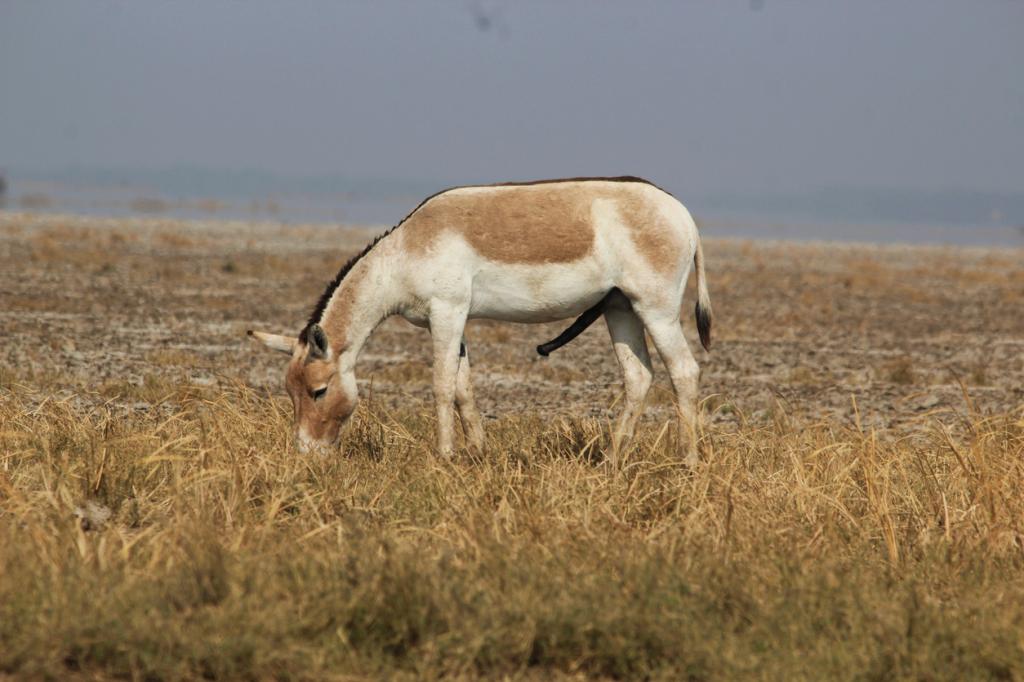Important for
Prelims: Geography and Environment; Places in News
Mains: General Studies I
NEWS: Saltpan workers debarred from entering Little Rann write to Gujarat CM requesting state intervention
- Saltpan workers (commonly known as agariyas) urged the state to intervene in response to instructions from forest department that restricted their entry into the Little Rann of Kutch
- Little Rann of Kutch was declared a wild ass sanctuary in 1972.
- Saltpan Workers’ Land Use: Saltpan workers use only 6% of the total land area for salt cultivation in Little Rann of Kutch, which is negligible in both quantity and space.
- Census data ruled out the possibility of man-animal conflict in the Wild Ass Sanctury due to work of Saltpan workers.
- Koli, Sandhi, and Miyana communities residing in 100-125 villages around the Little Rann of Kutch in North Gujarat, Kutch, and Saurashtra regions are dependent on salt cultivation in the area called Saltpan workers.

Wild Ass Sanctuary:
- It is in the Little Rann of Kutch of the Gujarat State in India.
- It is the only place where the Indian wild ass, locally called Khacchar, is found.
- Distribution: World’s last population of Indian Wild Ass is restricted to Rann of Kachchh, Gujarat.
- Habitat: Desert and grassland ecosystems.
- Conservation Status:
- IUCN: Near threatened.
- CITES: Appendix II
- Wildlife Protection Act (1972): Schedule-I
Practice Questions for Prelims
Which one of the following is the best example of repeated falls in sea level, giving rise to present-day extensive marshland? (UPSC 2023)
a) Bhitarkanika Mangroves
b) Marakkanam Salt Pans
c) Naupada Swamp
d) Rann of Kutch
Ans. d)




Leave a Reply
You must be logged in to post a comment.